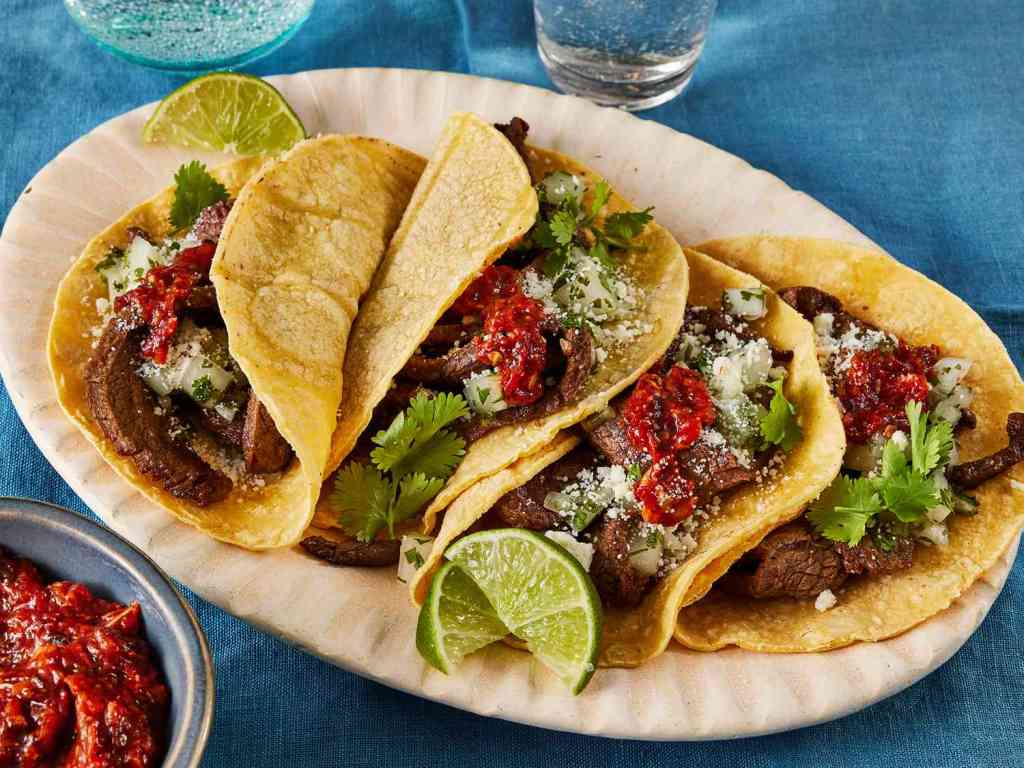
Plate of Tacos
Believe it or not, I first tasted Mexican food at the Mexico Pavilion of the 1964-1965 New York World’s Fair. The whole family had come to the Big Apple from Cleveland to help me decide where to go for graduate school. I was examining two possibilities: New York University (NYU) in Manhattan and UCLA in Los Angeles.
NYU turned out to be a complete washout. I talked to Professor Haig P. Manoogian of the NYU Film Department who did his best to convince me not to apply. Later, when I found that Martin Scorsese dedicated his film Raging Bull to Manoogian, all I could do was shrug my shoulders and blow a raspberry.
The taco that I ate at the World’s Fair was more of an indicator of where I was headed. From a childhood in Cleveland and four years of college in New Hampshire, I was headed south and west to UCLA. During the summer before my start at UCLA, I experimented with Mexican frozen food meals that were incredibly mediocre and inauthentic.
It did not take long for me to eat the real autentico item. When I was living in Santa Monica, I would have many a dinner at Castillo’s, a Mexican steam table deli on Wilshire Boulevard with a very cute server.
My tastes in food continues to go south and west: south to Mexico, and west to China, Japan, and India. Even today, I do not go much for Euro/American chow with its neatly separated meat, potato, and cooked vegetable (the exception being the Hungarian food of my youth, which I still love).
Today, I ate lunch after an early afternoon doctor appointment. I went to Kalaveras in Marina Del Rey and had a couple of carnita tacos and a bottle of draft Modelo beer. It was just what I needed, and it set me to thinking of my history with Mexican food.












You must be logged in to post a comment.